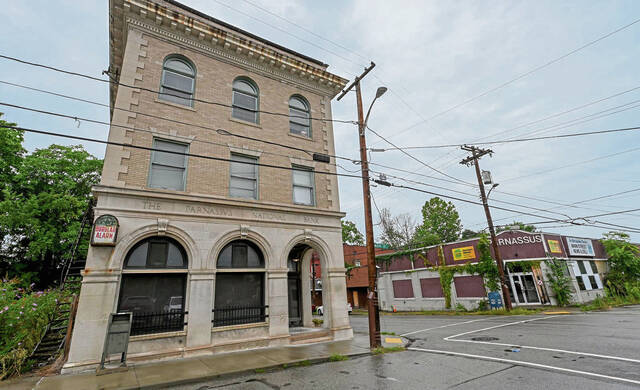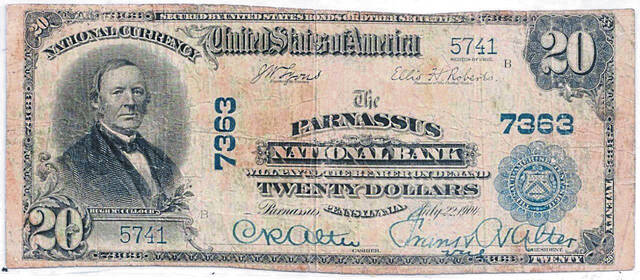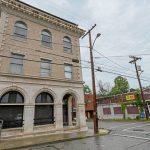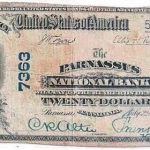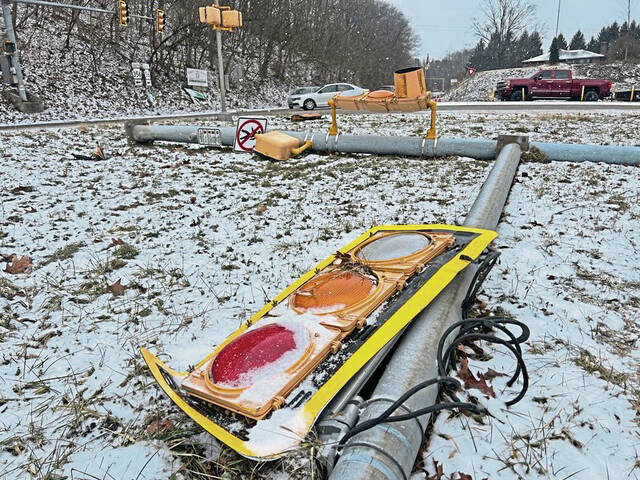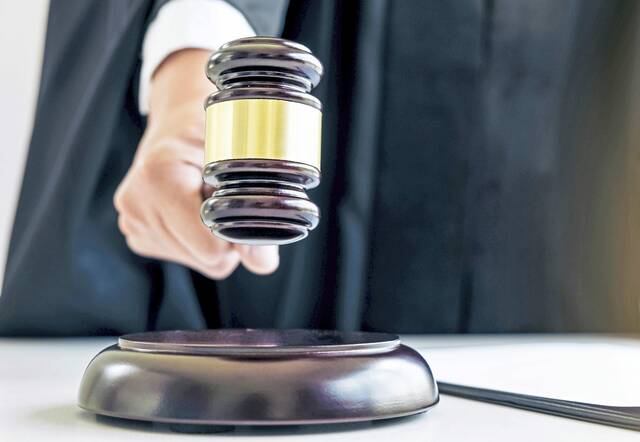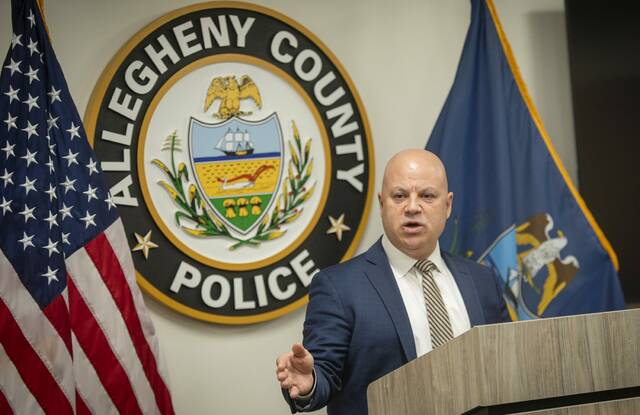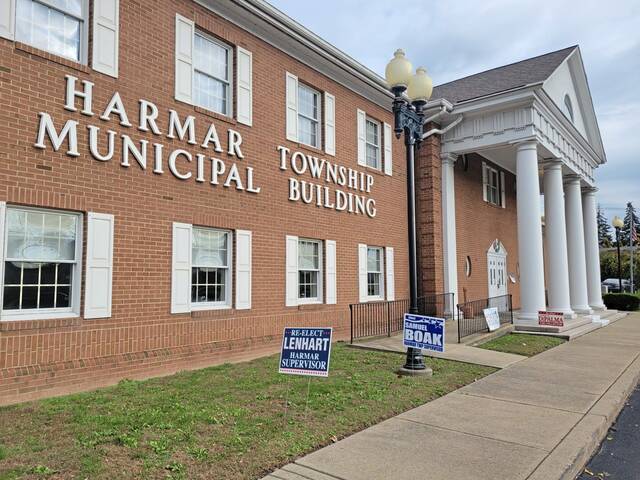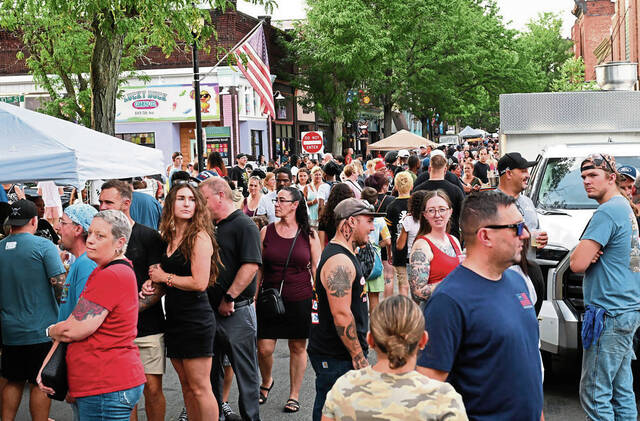There was a time when community banks in the Alle-Kiski Valley thrived.
For example, there was the Old Freeport Bank and the Avonmore National Bank, both of which served their communities for many years.
But, perhaps, the most well-known community bank was Parnassus National Bank. The bank dated to 1872, shortly after the borough was formed. Its headquarters building still stands at the corner of Main and Fourth streets in the Parnassus section of New Kensington.
It was believed to be the oldest community bank in the Valley area, according to numismatic publications.
The bank thrived for many years and, like similar institutions of its day, printed its own currency.
But things came crashing down shortly after World War II.
In an almost textbook example of bank embezzlement, bank President Ludwig R. Schlekat confessed to swindling customers of $600,000 in a 1953 court trial. That’s the equivalent of $6.74 million in 2022 dollars.
He was arrested Aug. 16, 1951, and charged with gradually taking the $600,000 over a 16-year period.
Schlekat had a New Kensington real estate agent, Harry Westerman (who had died in 1949), approach bank President Charles Alter to buy controlling shares of the bank on behalf of two fictitious people from Ohio: H.A. McDevitt and J.H. McKeown.
After Alter received the $254,000, Schlekat engineered a takeover where Alter was ousted and Schlekat was elevated from assistant teller to bank president — by a vote of shareholders who didn’t exist.
Finally, bank examiners discovered the discrepancy with the notation that the cash on hand was supposed to be $719,000. Instead, there was only $119,000.
Schlekat was convicted in 1953, though he was defended by former Pennsylvania Attorney General Charles Margiotti.
It was part of a trend of five embezzlements in Western Pennsylvania and West Virginia banks within a year. Even FBI Director J. Edgar Hoover weighed in, saying the embezzlements were caused by “wine, women and gambling” and were part of a moral decay.
But prosecutors couldn’t find out why Schlekat stole the money. He wasn’t known for womanizing, nor did he have a drinking or gambling problem.
Time magazine detailed the crime in its Aug. 27, 1951, edition.
The bank closed in 1953. Schlekat received a 10-year jail term and a $35,000 fine.
The episode was written into the Congressional Record on Aug. 23, 1951, when U.S. Rep. Augustine Kelley, D-Greensburg, said the Federal Deposit Insurance Corporation, then in its 17th year, did its job as no depositor lost their funds.
The bank was federally chartered in 1904 (No. 7363), and the name was changed to First National Bank of Parnassus. The charter also allowed Parnassus and other community banks to issue currency with its ID number on the note.
When Parnassus and New Kensington consolidated in 1931, the name was changed to First National Bank of Parnassus, New Kensington on Jan. 28, 1932.
The bank building now is occupied by the Canzian & Johnston Associates architectural firm.


